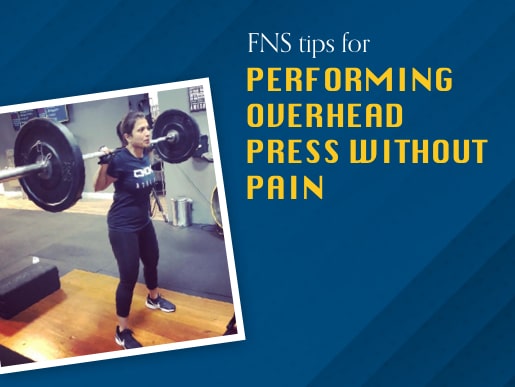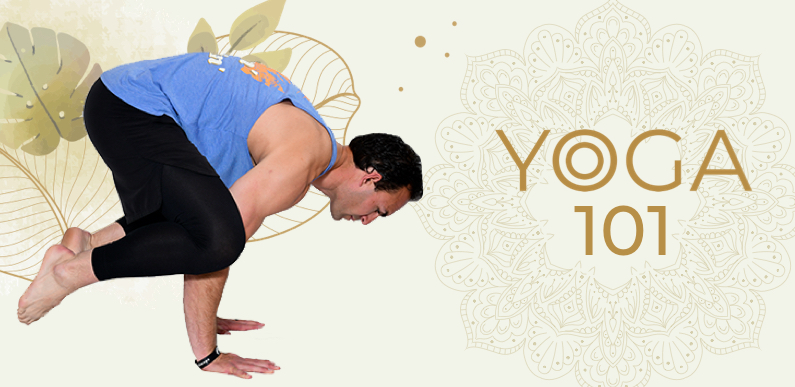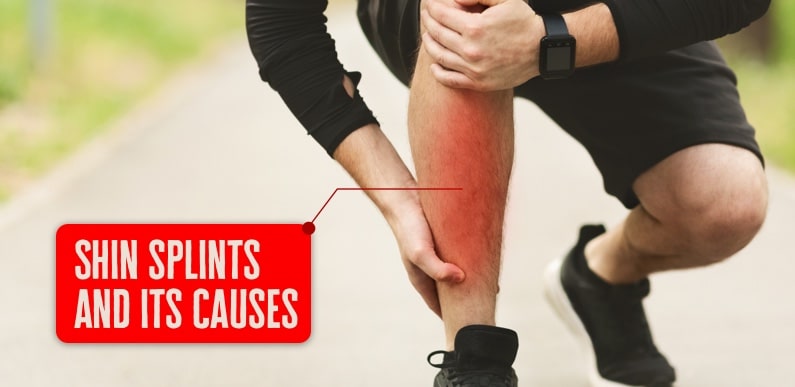Shoulder pain is the most common injury among weight lifters and fitness athletes. Overhead lifts such as the strict press, jerk, and snatch are critical movements for developing strength and power. However, we frequently see athletes perform these movements with improper technique.

See the video or follow the steps in the instructions to improve your posture & technique.
Let’s try with Seated Barbell Overhead Press.
The seated barbell overhead press is a compound exercise that builds muscle and strength in the anterior and lateral shoulder muscle heads – the seated position will strengthen the abs and lower back.
Follow the steps given below to perform the Overhead Press properly:
1) Sit on the floor and slightly prepare your shoulder grip with elbows in front of the bar. Stiffen your torso by contracting your core and abdominal muscles (“bracing”)
2) Press the bar up using only your arms. Push your head through the keyhole.
3) Return to the starting position with control and repeat
Other key factors to keep in mind:
Optimize and adjust grip width on the overhead press
Grip width is one of the most potent factors you can adjust on the overhead press to change your pain experience radically.
Ideally, you want to take a grip width to create vertical forearms from the back view.
This will allow maximal force transfer through your forearms and wrists into the bar.
Adjusting the load and dosage
No amount of form modification will help if you’re applying a less-than-optimal dosage!
In general, for the overhead press or any significant barbell lift, for that matter, you want to make sure you’re not performing too much volume above an RPE 8.5 or 85% 1RM.
If you’re only having shoulder pain with the overhead press at higher intensities, reducing the load and working on building up your tolerance to the movement can be a simple solution.
Try the dumbbell overhead press next
If you’re still having shoulder pain with the overhead press, even after adjusting the dosage and modifying the grip width, the next thing I would try is a dumbbell overhead press.
Performing a dumbbell overhead press gives you more freedom to select the ideal “arm slot” or degree of shoulder horizontal abduction/adduction that will feel best to you!
It feels good to press with the dumbbells directly in front of you (flexion). Other times it may feel better to press them out to the side (abduction).
Most commonly, it feels best to press with them somewhere in the middle, in the plane.
Don’t forget about the accessory work
While you can modify around pain all you want, you also want to make sure you’re tackling weakness directly.
If you’re dealing with shoulder pain with the overhead press, you want to make sure you’re performing a balanced program that includes some of the following:
- Horizontal Row Variation (DB Rows)
- Vertical Pulling Variation (Lat Pulldowns/Chin Ups)
- Scapular Retraction Work (Rear delt flies/band pull apart)
- Rotator Cuff Specific Work (Sidelying ER)
A sample upper body day workout for someone experiencing shoulder pain with the overhead press may look like this:
- Standing DB Press 3 x 8
- Alternating DB Bench Press 3 x 6 / side
- Cable Row 3 x 12
- Lat Pulldown 3 x 12
- Rear Delt Fly 3 x 12
- Sidelying ER 3 x 12
However, you should tailor the assistance work to your individual needs and limitations.
Check out the link for more recovery blogs:
👉https://fns360.live/category/movement-and-recovery/.
You can also check out more such recovery videos






